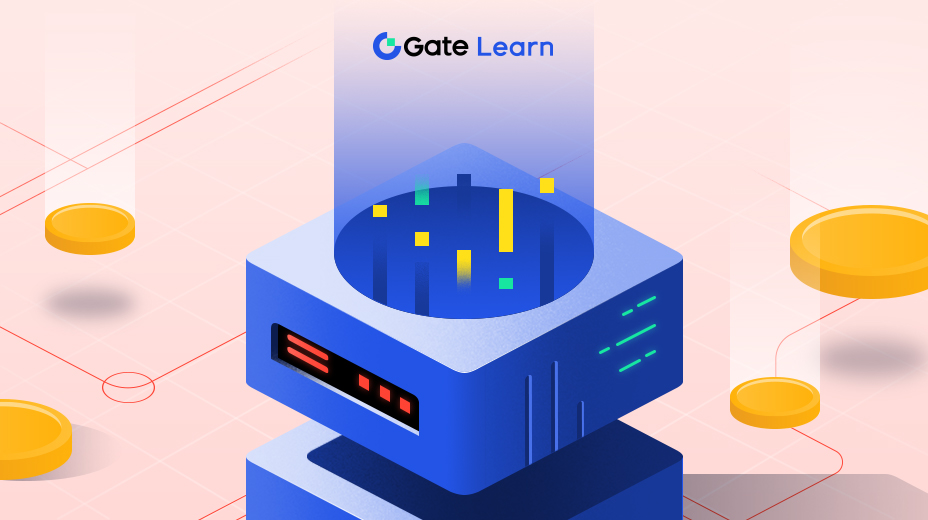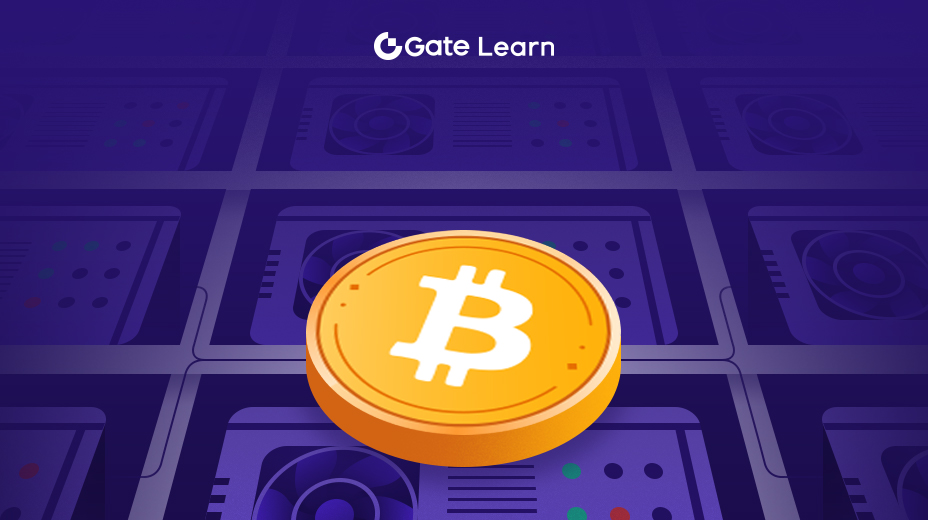Hiểu về Token Telos và TLOS
Buổi học này sẽ giúp học viên hiểu sâu về các đặc điểm kỹ thuật của blockchain Telos, bao gồm khả năng xử lý giao dịch cao, phí thấp và cơ chế quản trị đổi mới. Nó cũng giải thích chức năng của token TLOS trong hệ sinh thái, bao gồm quản trị, phí giao dịch và phân phối tài nguyên, và thảo luận về mô hình kinh tế và tính năng tương tác.
Tổng quan về Telos Blockchain
Telos là một blockchain hiệu suất cao được thiết kế cho các ứng dụng phi tập trung và hợp đồng thông minh. Nó chạy trên cơ chế đồng thuận DeleGated Proof of Stake (DPoS), đảm bảo tốc độ giao dịch và khả năng mở rộng cao. Với sự tập trung đặc biệt vào quản trị người dùng và khả năng mở rộng, Telos nhằm mục đích giải quyết các thách thức blockchain phổ biến như tắc nghẽn mạng và phí giao dịch cao.
Các tính năng chính của Telos

Khả năng xử lý giao dịch caoTelos có thể xử lý tới 15.200 giao dịch mỗi giây, khiến nó trở thành một trong những blockchain nhanh nhất hiện có. Điều này là do cấu trúc mạng được tối ưu hóa và thời gian khối nửa giây, điều này rất cần thiết cho các ứng dụng thời gian thực.
Phí giao dịch thấpMạng Telos duy trì mức phí giao dịch rất thấp, thấp hơn rất nhiều so với các mạng như Ethereum. Điều này đặc biệt có lợi cho các ứng dụng cần giao dịch thường xuyên như trò chơi và nền tảng tài chính phi tập trung (DeFi).
Cơ chế ngăn chặn chạy trướcTelos đã thực hiện biện pháp ngăn chặn giao dịch trước, giải quyết vấn đề phổ biến về việc giao dịch được lợi dụng trước để thu lợi. Bằng cách loại bỏ bể nhớ và sử dụng chi phí giao dịch cố định, Telos đảm bảo môi trường giao dịch an toàn và công bằng hơn.
Hệ thống trọng tài: Mạng Telos bao gồm một hệ thống trọng tài để giải quyết tranh chấp trong mạng. Chức năng này tăng cường đáng kể tính tin cậy và sự tin tưởng của mạng bằng cách cung cấp cơ chế chính thức để giải quyết xung đột.
Quản trị mạnh mẽ: Telos rất coi trọng việc quản trị do cộng đồng dẫn đầu. Người giữ token có ảnh hưởng lớn đối với quyết định mạng lưới, bao gồm cập nhật giao thức và triển khai tính năng. Cách tiếp cận dân chủ này đảm bảo rằng Telos có thể thích nghi với nhu cầu thay đổi liên tục của người dùng và các bên liên quan.
$TLOS chức năng của Token

Mã thông báo TLOS là tiền điện tử gốc của mạng Telos và đóng nhiều vai trò trong việc duy trì và vận hành hệ sinh thái Telos. Dưới đây là tổng quan về các tính năng chính của nó:
- Quản trị:Người nắm giữ Token TLOS có quyền quản trị quan trọng, bao gồm việc bỏ phiếu cho cập nhật, thay đổi và đề xuất mạng lưới. Chức năng này trao quyền lực cho cộng đồng, cho họ khả năng tác động trực tiếp vào sự phát triển và hướng đi chiến lược của mạng lưới.
- Giao dịch và phí Gas:TLOS được sử dụng để thanh toán phí giao dịch trong mạng lưới và là nhiên liệu cho hoạt động trên Telos EVM. Chức năng này đảm bảo mạng lưới hoạt động trơn tru và duy trì tính an toàn và tính năng của nó.
- Phân bổ nguồn lực:Trong môi trường Telos Zero, Token TLOS được sử dụng để mua tài nguyên mạng, như băng thông và lưu trữ, cho phép người dùng thực hiện giao dịch và triển khai hợp đồng thông minh. Hệ thống này đảm bảo mạng vẫn có khả năng mở rộng và đáp ứng khi đối mặt với nhu cầu của người dùng.
- Ký quỹ:Người giữ TLOS Token có thể đặt cược Token để tham gia an ninh mạng và cơ chế đồng thuận. Việc đặt cọc TLOS không chỉ hỗ trợ tính toàn vẹn của mạng, mà còn cho phép người đặt cọc nhận phần thưởng, từ đó thúc đẩy việc giữ lâu dài và tham gia mạng lưới.
Mô hình kinh tế và phân phối
Mã thông báo TLOS được phát hành bằng cách sử dụng mô hình phân phối công bằng, tránh các dịch vụ tiền xu ban đầu truyền thống (ICO). Thay vào đó, Telos phân phối token TLOS rộng rãi thông qua ảnh chụp nhanh genesis của mạng EOS và giới hạn số lượng token tối đa trên mỗi ví để đảm bảo rằng không một thực thể nào có thể gây ảnh hưởng quá nhiều đến mạng. Cách tiếp cận này nhằm mục đích thúc đẩy một môi trường trực tuyến phi tập trung và công bằng.
Di chuyển mã thông báo và khả năng tương tác
Gần đây, Telos đã mở rộng giá trị của token TLOS trên các blockchain khác nhau. Việc di chuyển các hợp đồng mới dựa trên tiêu chuẩn LayerZero OFT sang các mạng như Ethereum và BNB Chain thể hiện cam kết của Telos trong việc cải thiện khả năng tương tác và khả năng tiếp cận của người dùng. Việc di chuyển này cho phép tài sản được chuyển liền mạch giữa các mạng blockchain, tăng khả năng sử dụng TLOS trong các hệ sinh thái đa chuỗi.





